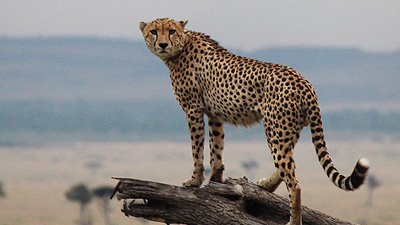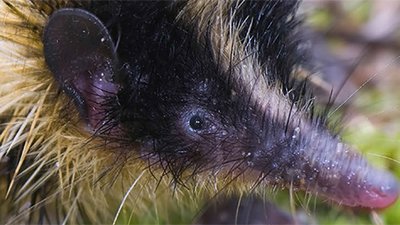Beavers: God’s Natural Builders
Because of the curse after Adam and Eve’s sin, life for all living things is hard: animals go extinct, fertile lands become deserts, humans endure hard labor. But God is gracious and gifted creation with natural builders to restore habitats and create ecosystems. Since April 7 is International Beaver Day, let’s look at these busy builders.
North American beavers leave their parents’ home, a lodge of sticks and debris in a beaver colony, when they are around two years old, and head up the waterways to find two things: an uninhabited area and a mate. Many of these young beavers die before either of those things happen, as the search in the open waters without a dam leaves them vulnerable to predators like grizzly bears and wolves—evidence of the curse.
Seeking a mate is much less difficult for beavers than humans. Beavers typically have far fewer options and usually mate for life. The “honeymoon period” begins as they groom each other and remain close to each other’s side.
Then the new beaver couple gets to work, finds an unclaimed territory, and spends a month building a dam from the stream floor up by piling debris, rocks, sticks, and branches into a solid wall caulked with mud and shaped like a triangle. With self-sharpening orange teeth (thanks to iron in their enamel), they gnaw through bark, fell trees, and whittle down branches to appropriate lengths. They’re careful to allow a stream of water to pass slowly through the dam, enabling the water on one side to expand into a pond and the water on the other side to continue in a stream as it was.
With the expanded water, these beaver architects have developed a whole new neighborhood. A new wetlands ecosystem of brush and trees grows, attracting birds, insects, and other animals to the area. But the busy beavers’ work is not done. With the dam in place, their next task is to build a dome-shaped lodge with an underwater entrance to shelter them from the coming harsh winter, maintain a food store, and birth their kits to start the cycle of life all over again.
A Help or Hindrance?
Beavers may create new ecosystems and live on vegetation, but they aren’t always constructive to human progress. Beavers cost humans millions of dollars each year when they impede rivers and streams with unwanted dams and land flooding. In a cursed world, animals and humans will always struggle with helping and hindering each other’s “work.” But we can always appreciate God’s busy beavers as testaments to his handiwork.
Mish-mashed Mammals
As the second largest rodents in the world (second to the capybara), these fascinating mammals with their hodgepodge of other animal parts baffle evolutionists who have difficulty tracing the beaver’s origins. Beavers are semi-aquatic animals, equipped for both land and water with clear eyelids that function like goggles to see where they’re swimming. Their front paws resemble the nimble paws of raccoons while their back feet are webbed like duck feet for swimming. Their pad-like tail is like the tail of a platypus, only theirs is covered in scales like a fish.
But there’s nothing baffling about beavers. They are a testament of God’s creativity and design, their ancestors tracing back to day six of creation week. On this International Beaver Day, consider how this dutiful rodent displays the wonders of our creative God and thank him for all the ways he’s gracious even to a cursed world.
Recommended Resources

Answers in Genesis is an apologetics ministry, dedicated to helping Christians defend their faith and proclaim the good news of Jesus Christ.
- Customer Service 800.778.3390
- © 2024 Answers in Genesis





